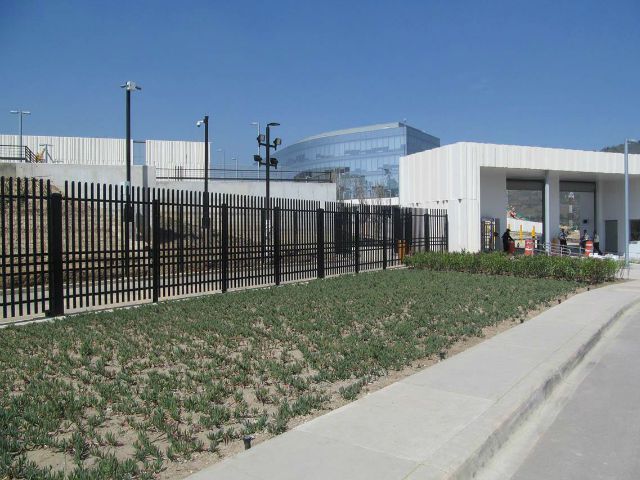A recent article in Architect Magazine discussed security needs and the ever-present desire to integrate systems and equipment with the physical design. The need to secure the spaces in which we live, work, learn and play is a key component to the success of any project – and this needs to be discussed at the earliest stages of the design team’s involvement. The main point of the article is essentially that security doesn’t have to be “in your face” if it is properly planned and designed.
I couldn’t agree more; the key to the success of our design approach is the integration of the physical, the operational and the technical. Our design can’t be successful unless we ensure those three components complement each other. This means engaging all members of the design team at the earliest stages to understand the physical components of the design. How is the building laid out? Where are the entrances and exits? Does their position create vulnerabilities or do they enhance the security design? We need to understand the design in order to know what we have to protect. Our customers’ operations are the next influencing factor in our design. This will tell us how they intend to use the space, what they have done previously, and more importantly, what has worked and not worked for them in the past. Involvement of the Owner’s security team in the beginning stages is often overlooked and by not bringing them to the table, we will undoubtedly have to make changes at the 11th hour – and those changes are never beneficial at that point as they are usually compromises in the design.
Understanding these first two pieces lets us get to the fun part – the technology. This is the part of the design where we can begin to apply systems and equipment to close the loop for the integrated design. This is also the piece that is generally most visible to the public; cameras, card readers, turnstiles, barriers, etc. Improperly laid out equipment and devices selected with no thought for aesthetics can result in something that is not visually pleasing and leads to that “big brother is watching” feeling and makes everything feel like a prison.
It doesn’t have to be that way. Here, understanding the need for security and having a good knowledge base of the industry’s product offerings and new technology can provide the right design in the right place. Ultimately, most people would rather security is invisible and not be seen. While that isn’t really possible, there are some realistic strategies that can be employed to make it seem so. Using a newer, high megapixel camera provides a more detailed image. This, in turn, allows for the camera to be placed farther away from the target scene and out of direct line of sight of those entering a building. New enhancements in facial recognition on moving person for access control can eliminate the need to stop and use an access control card to go through a door or a turnstile. Using specially designed planters and benches on a perimeter instead of bollards or crash-rated fencing can provide the desired level of protection all while seeming innocuous. We’ve still protected the facility, but we’ve done it in way that considers the users and softens security’s impact on their experience.
This is the true value of the security design consultant; bringing the right solution to the table. It’s not about putting cameras and card readers on a drawing; it’s about understanding what is needed, developing the correct strategy for the design, and selecting the right tool out of the toolbox.

